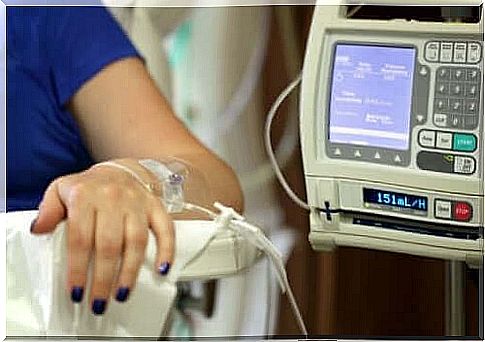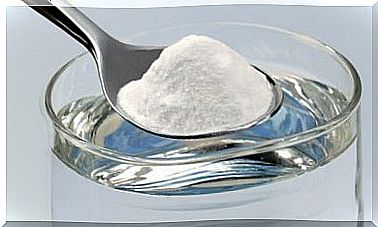Prevention Of Malaise And Nausea Associated With Chemotherapy

Patients fear disease and nausea associated with chemotherapy. It is one of the most common side effects. Preventing it can improve the patient’s quality of life, and as a result, they are more likely to commit to treatment.
These days, we have a large number of options for preventing nausea associated with chemotherapy. However, patients often use them incorrectly. Maybe they are not used to them, or maybe they feel more comfortable exaggerating their use.
Risks of chemotherapy-induced disease and nausea depend on the patient and the treatment. Both of these factors can determine how obvious this side effect will be.
Classification of disease and nausea associated with chemotherapy
Depending on when the patient suffers from these symptoms, nausea can be classified into three main groups:
- Acute emesis: This occurs during the first 24 hours after chemotherapy.
- Delayed emesis : The first signs of chemotherapy-related nausea and vomiting may occur after the first 24 hours. After the treatment is given, it can last for 6-7 days. Cisplatin is a chemotherapy drug that is often associated with this side effect.
- Pending emesis : This usually occurs within 24 hours before chemotherapy. Reports show that after the third or fourth cycle, 20-40% of patients experience pending emesis.

Prevention and treatment of malaise and nausea associated with chemotherapy
Treatments and prevention methods may vary depending on the type of disease caused by the chemotherapy drug.
Acute emesis
For many years, the main drugs that help prevent and treat nausea and acute vomiting have been dopaminergic antagonists, antihistamines, corticosteroids, cannabinoids and benzodiazepines.
Although these medications have varying effectiveness, they can also cause serious side effects. When the receptor antagonist serotonin appeared, a new class of drugs became available. These are more effective and have less frequent and less serious side effects.
At the same doses, the four existing (5-HT3) antagonists – ondansetron, granisetron, dolasetron, tropisetron – are equally effective in preventing vomiting induced by moderate or strong emetic cytotoxic drugs. To decide which one to use, it is based on availability, convenience, price and side effects.
Delayed emesis
Delayed emesis is usually more difficult to treat than acute emesis. Given that this is a side effect that the patient usually experiences at home, there are fewer ways it can be controlled.
On the contrary, the personal and family influence is more significant. Therefore, as long as there is a risk of delayed nausea and vomiting, the patient should be instructed in the proper use of antiemetics (antiemetics).
Adequate control of nausea and vomiting associated with chemotherapy reduces the risk of acute, delayed and pending emesis in subsequent cycles. If you do this before the first cycle of chemotherapy, you will avoid unnecessary consultations and thus reduce the stress level of the patient.
In this case, serotonin receptor antagonist drugs are not as effective as acute emesis. Corticosteroid drugs are the most active agents for the prevention of delayed emesis. The patient should take these for 3-4 days after the chemotherapy treatment.
Furthermore, as with the prevention of acute emesis, it seems that combining anti-nausea drugs is more effective than using only a single drug.

(5-HT3) antagonists must be recommended as a second treatment when the above treatment does not work.
Pending emesis
The best way to prevent pending emesis is to achieve adequate control of acute and delayed emesis.
If an adverse side effect occurs, behavioral therapy may be effective.
Conclusion
The ideal goal of any antiemetic treatment is to prevent outbreaks of nausea and vomiting associated with chemotherapy.
This significantly improves the quality of life of cancer patients, both during hospitalizations and at home.
Despite the progress we have seen over the last 20 years, this goal is difficult to achieve. As we mentioned, nausea continues to be a frequent and worrying side effect in patients undergoing chemotherapy.









